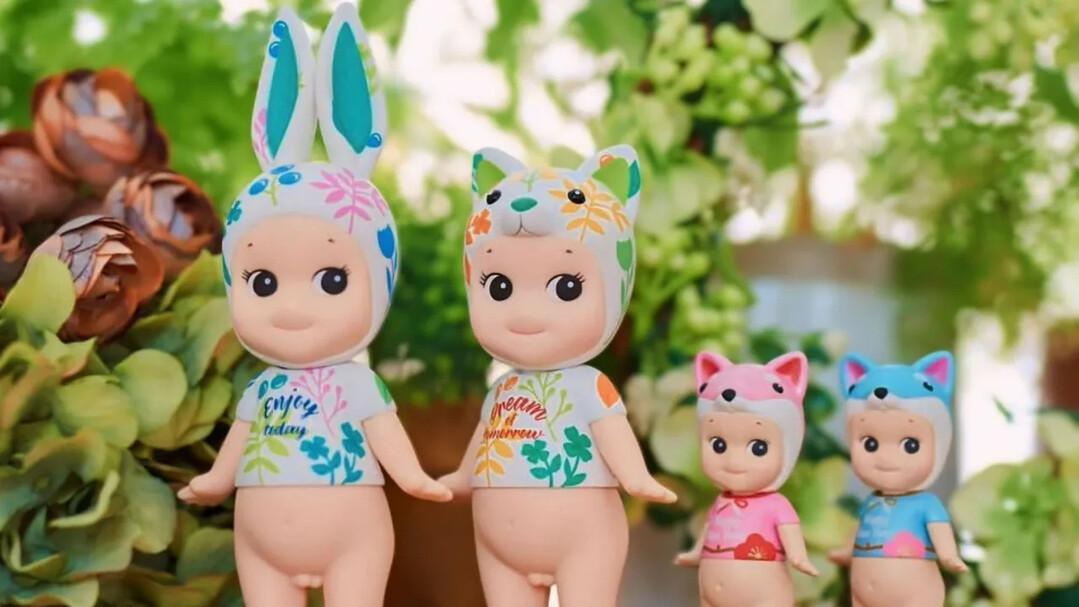
Tokyo, Japan - A small, angelic figurine known as Sonny Angel is taking the world by storm, particularly among Gen Z. These tiny, adorable figures have become a cultural phenomenon, thanks in large part to their popularity on TikTok.
Created by Japanese toy designer Toru Soeya (affectionately known as Sonny) in 2004, Sonny Angel figures are characterized by their baby-like faces, big eyes, and angelic smiles. Each figure comes in a variety of themes and designs, encouraging collectors to gather them all. Standing at just 7 centimeters tall, these tiny figurines are perfect for attaching to phone cases, keychains, and clothing.
The rise of Sonny Angel can be attributed to the viral unboxing videos on TikTok. Users have been sharing their excitement as they open their new Sonny Angel figures, sparking a trend that has turned the toy into a cultural icon.
What Makes Sonny Angel So Popular?
Adorableness: The baby-like features and various expressions of the figurines provide a sense of comfort and healing.
Collectibility: The diverse range of themes and designs encourages collecting.
Self-expression: Sonny Angels allow individuals to express their unique personalities.
Stress Relief: Playing with these small figurines can be a form of stress relief.
The popularity of Sonny Angel reflects a shift in consumer trends among Gen Z. This generation values individuality, relies heavily on social media for information and connection, and seeks out new experiences. Sonny Angel perfectly aligns with these characteristics, making it a hit among young consumers.
Sonny Angel has evolved from a simple toy into a cultural phenomenon, captivating Gen Z and reshaping consumer trends. Its rapid spread through social media platforms like TikTok is a testament to the power of digital culture and the desire of young people for unique and meaningful experiences. As trends continue to evolve, it's likely that we'll see more cultural phenomena like Sonny Angel emerge in the future.
[Copyright (c) Global Economic Times. All Rights Reserved.]



























